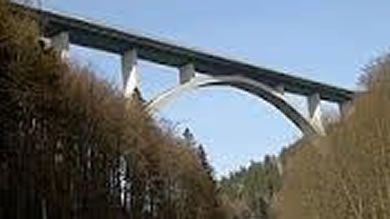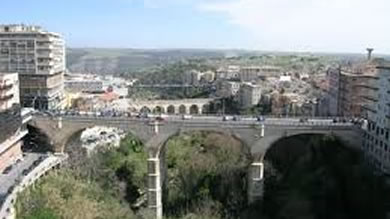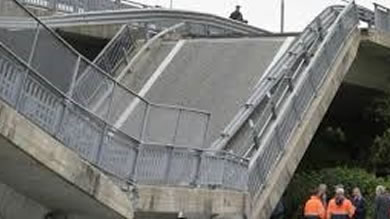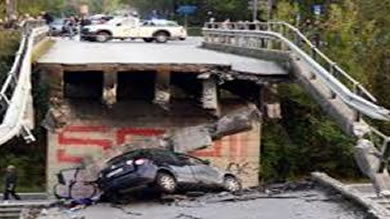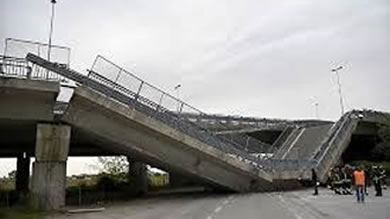
INSPECTION, QUALIFICATION AND RESTORATION OF BRIDGES
The Visual Inspections, from which every possible evaluation and intervention arises, must be carried out rigorously and at regular intervals on all the elements of each infrastructural work of art.
The Inspection allows the identification, and consequently the elimination, of the causes of degradation and of the relative defects, as well as the definition of the ordinary and extraordinary maintenance operations. They can be based on the Numerical Evaluation Method (MVN), which allows for the classification of bridges based on numerical degradation indexes.
The numerical evaluation (MVN) and the critical analysis of the results, together with an appropriate characterisation of the materials, allow to program in less serious cases "small" maintenance interventions aimed at eliminating the causes of the defects present.
Instead, in more complex cases or those involving a structural risk, it is advisable to carry out experimental investigations and theoretical checks aimed at identifying the origins and consequences of the observed phenomena. In case of difficulty in finding funds in the short term, it is possible, through visual inspection and possibly together with a small sample, to justifiably determine a possible reduction in the scope of the work so as to safeguard public safety.
Artifacts such as Bridges and Viaducts are often classified as strategic works for which seismic vulnerability analysis is mandatory.
If the executives of the work are available, it is possible to avoid in situ investigations by opting for the theoretical definition of the vibration modes proper to the structure to be compared with the in situ experimental test of dynamic analysis so as to highlight the presence of criticalities in the moment in which the spectra of the generated frequencies are significantly different; in essence, the maintenance status is qualitatively defined.
The service starts from the Inspection and is completed with the release of static suitability, capacity certification, dynamic analysis, vibration modes and monitoring plan.

